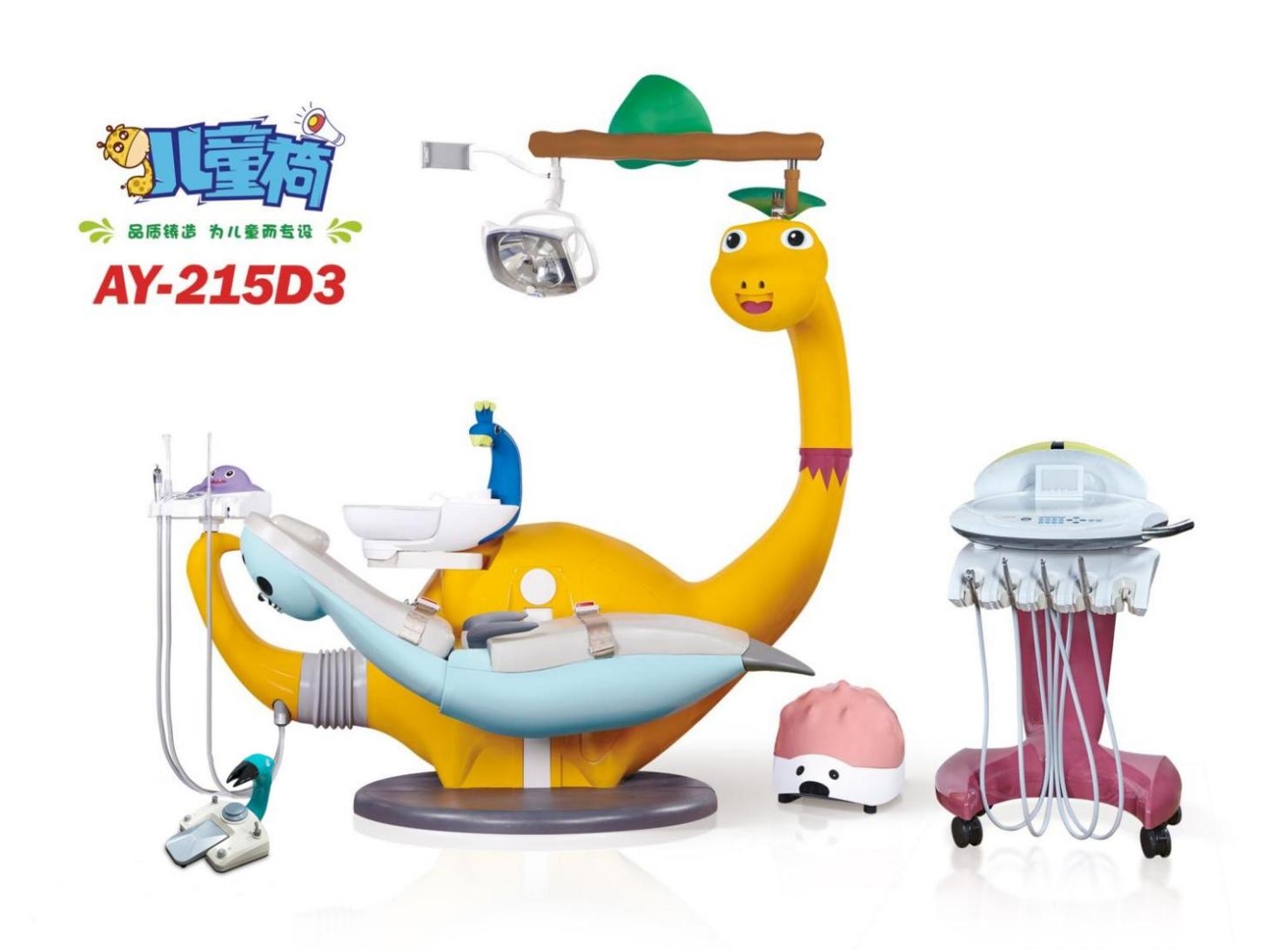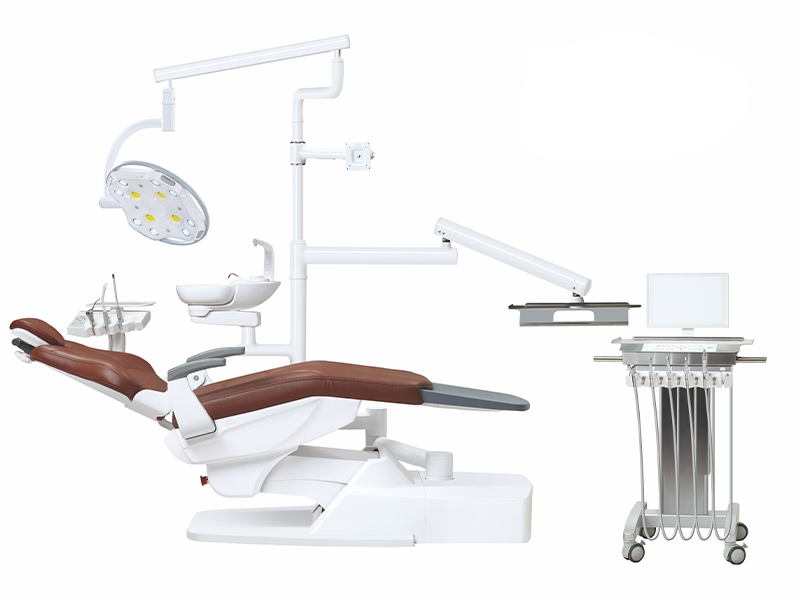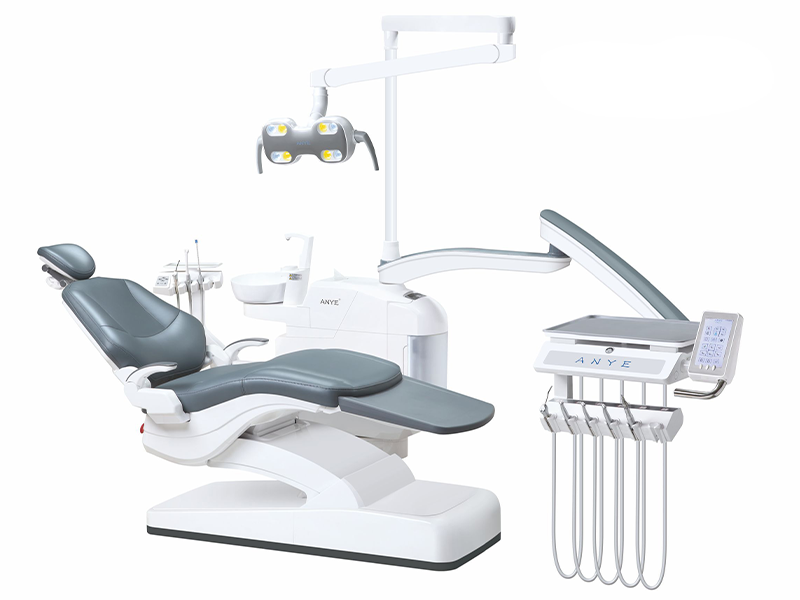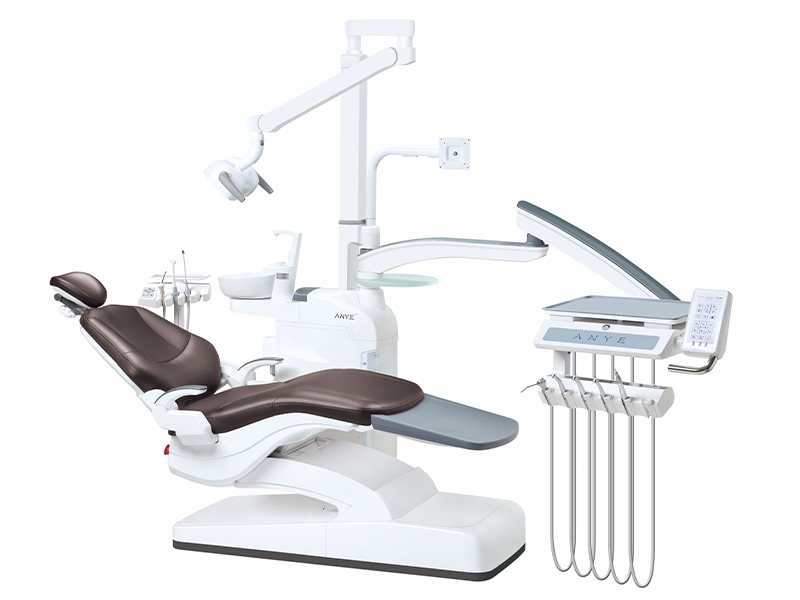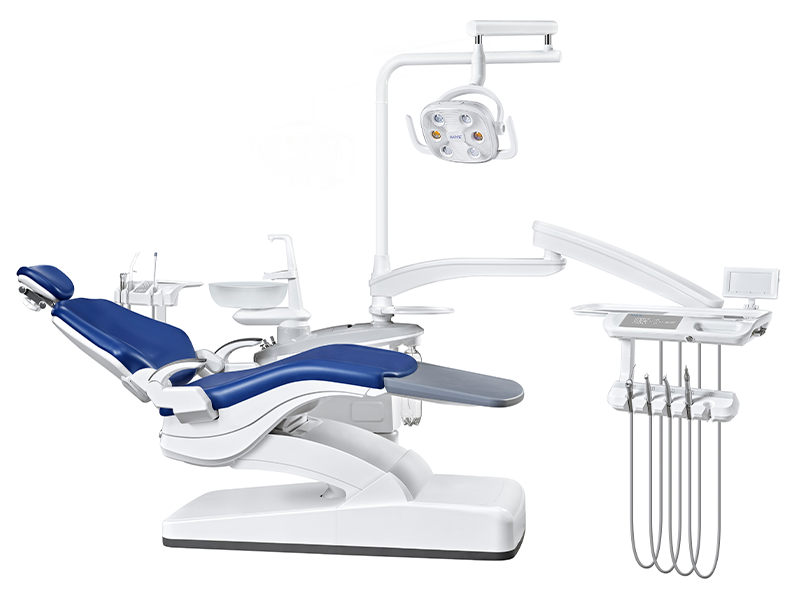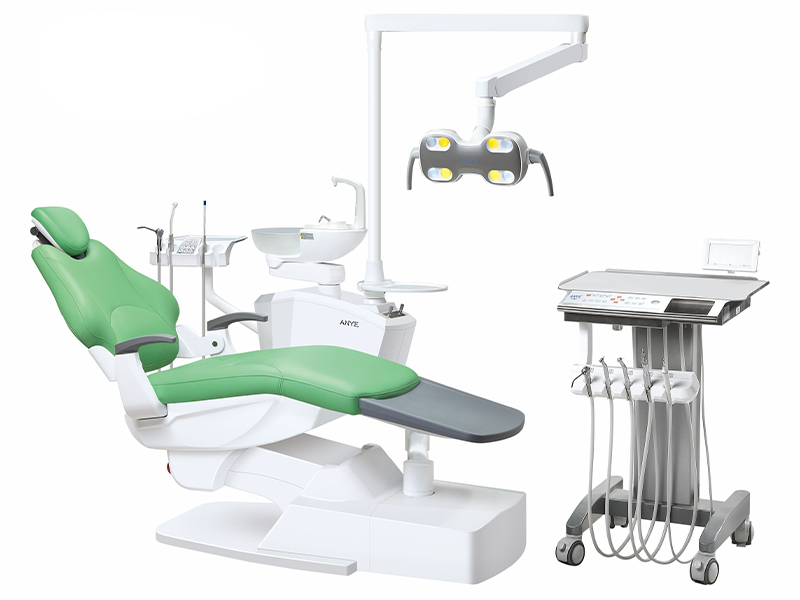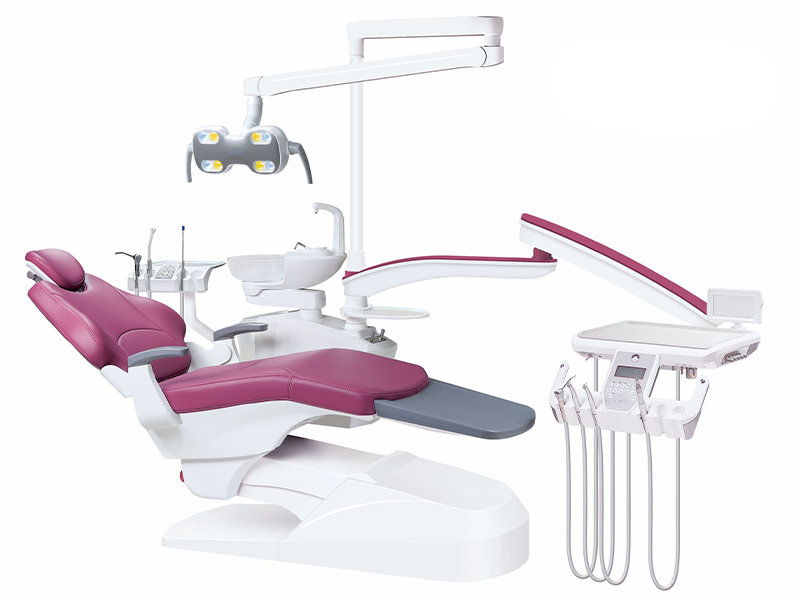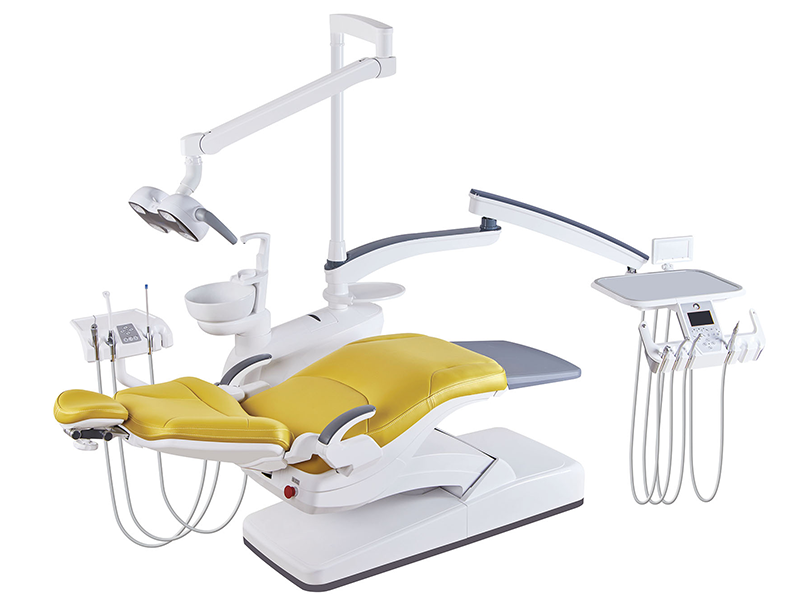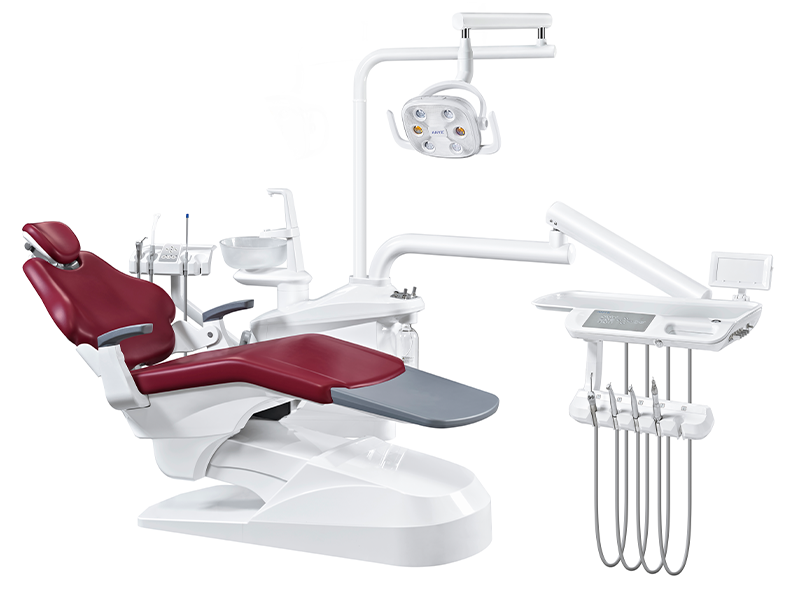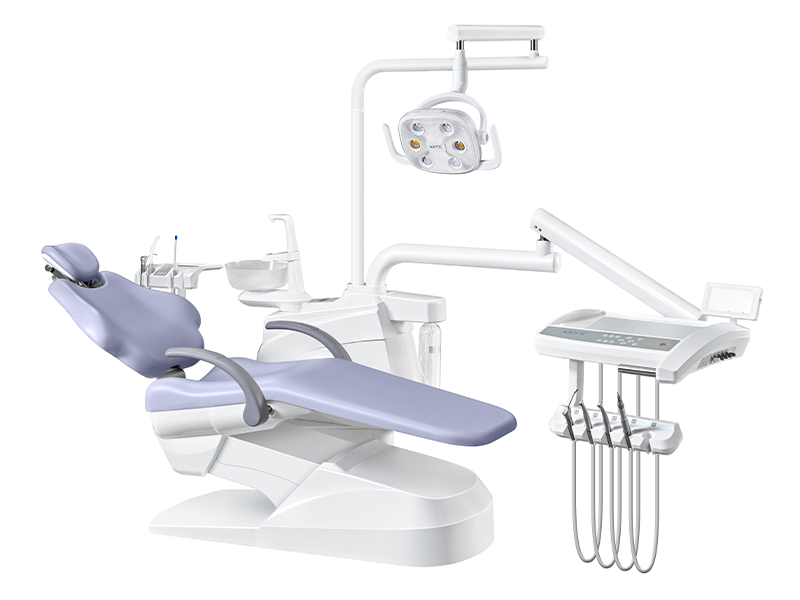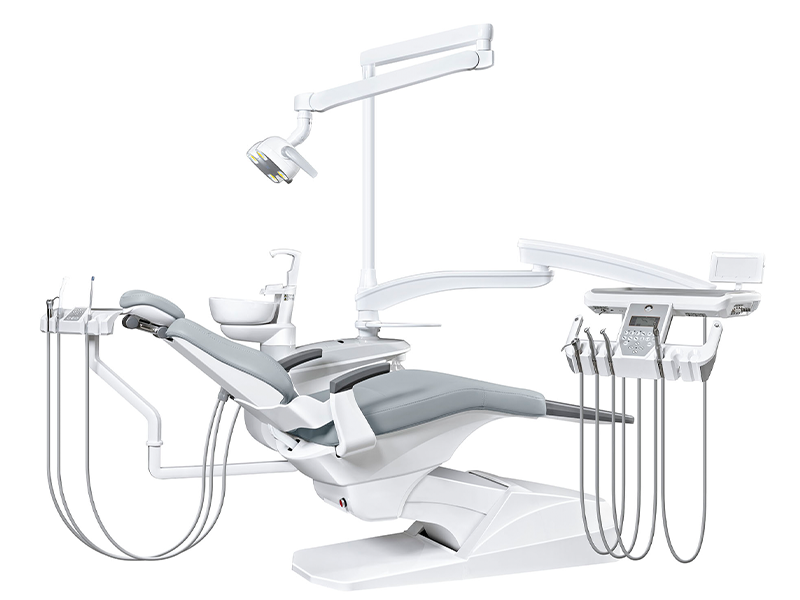In the evolving landscape of global dentistry, where 72% of practitioners report increased demand for precision equipment (Dental Economics 2025 Survey), Anye Dental emerges as a leader with its CE & ISO13485-certified integral dental units. Operating from a 15,000+ sqm automated facility in Guangdong equipped with KUKA robotic arms and laser cutting systems, we deliver 0.01mm manufacturing precision to clinics across 63 countries. Recent clinical audits reveal practices using AY-series units achieve 41% faster patient turnover while maintaining 99.3% equipment reliability - a testament to our engineering philosophy that merges German precision with clinical pragmatism.
Core Design Innovations
Structural Engineering Breakthroughs
The AY-series' triple-layer composite architecture represents a paradigm shift in dental unit construction:
- Surface Layer: Medical-grade ASA polymer withstands 12,400 sterilization cycles (exceeding EN 13060 standards by 53%)
- Framework: Laser-welded titanium alloy skeleton achieves 0.02mm structural tolerance, reducing mechanical failures by 79%
- Drive System: Silent hydraulic mechanism operates at 42dB - quieter than standard clinic background noise
A 2025 comparative study at Singapore National Dental Center demonstrated AY-215B5 units maintained 13,200 hours of continuous operation without performance degradation, outperforming competitors by 2.3x.
Human-Centric Ergonomic Design
Developed through collaboration with 42 international dental experts, our SmartErgo™ system revolutionizes clinical workflows:
- Intelligent Posture Memory: Stores 9 preset positions with 0.3-second transition accuracy
- Pressure-Sensitive Cushioning: Auto-adjusts support based on real-time weight distribution analysis
- Multi-Control Interface: Seamless integration of voice commands, footswitches, and touchscreen operation
"During complex implant procedures, the AY-215C5's dynamic stabilization system maintains instrument control even at 160° inclinations," notes Dr. Elena Marquez of Madrid Implant Institute.
Specialized Clinical Solutions
Pediatric Care Reimagined
The AY-215D3 Pediatric Unit transforms challenging treatments through:
- Augmented Reality Integration: Reduces child anxiety scores by 83% through interactive visualizations
- Weight-Adaptive Hydraulics: Precise positioning for patients weighing 20-50kg (±0.1mm accuracy)
- NanoShield™ Antimicrobial Surface: ISO 22196:2025-certified coating inhibits 99.97% of pathogens
Explore pediatric dental innovations →
Advanced Surgical Capabilities
The AY-215A1 Implant Pro Series elevates precision dentistry with:
- 4D Optical Guidance: Maintains burr alignment within 0.5° variance during osteotomy
- Adaptive Irrigation System: Automatically adjusts coolant flow based on bone density readings
- Real-Time 3D Integration: Direct compatibility with major CBCT systems including Planmeca and Sirona
Manufacturing Excellence & Global Compliance
Precision Production Ecosystem
Within our climate-controlled smart factory:
- KUKA KR C4 Robots achieve 0.008mm assembly precision through AI-guided calibration
- In-Line Laser Metrology conducts full dimensional verification every 90 seconds
- 72-Hour Stress Testing simulates decade-long clinical use scenarios
This technological orchestration enables:
- 98.7% on-time delivery rate worldwide
- 14-day custom configuration cycles (including left-handed adaptations)
- 0.35% defect rate - 85% below industry averages
International Certification Assurance
All units comply with stringent global standards:
- FDA 510(k) 2025 electromagnetic compatibility requirements
- EU MDR 2025/7 cybersecurity and data protection protocols
- GSO/GCC Conformity for desert climate endurance
Documented Performance Advantages (2025 Data)
| Clinical Metric | AY-215B5 | Industry Benchmark | Improvement |
|---|---|---|---|
| Sterilization Cycle Time | 7m 50s | 15m | 54% Faster |
| Energy Consumption | 1.05 kW/h | 2.2 kW/h | 52% Savings |
| Annual Service Requests | 0.6 | 2.5 | 76% Reduction |
| Patient Comfort Rating | 9.4/10 | 7.8/10 | 20.5% Increase |
Source: 2025 Global Dental Equipment Performance Report
Conclusion: Partnering in Clinical Transformation
Anye Dental's integral units empower 12,000+ practices worldwide to achieve:
- 93% reduction in cross-contamination risks
- 67% decrease in equipment-related operational costs
- 88% prevention rate of clinician musculoskeletal disorders
Next Steps for Enhanced Practice Efficiency:

